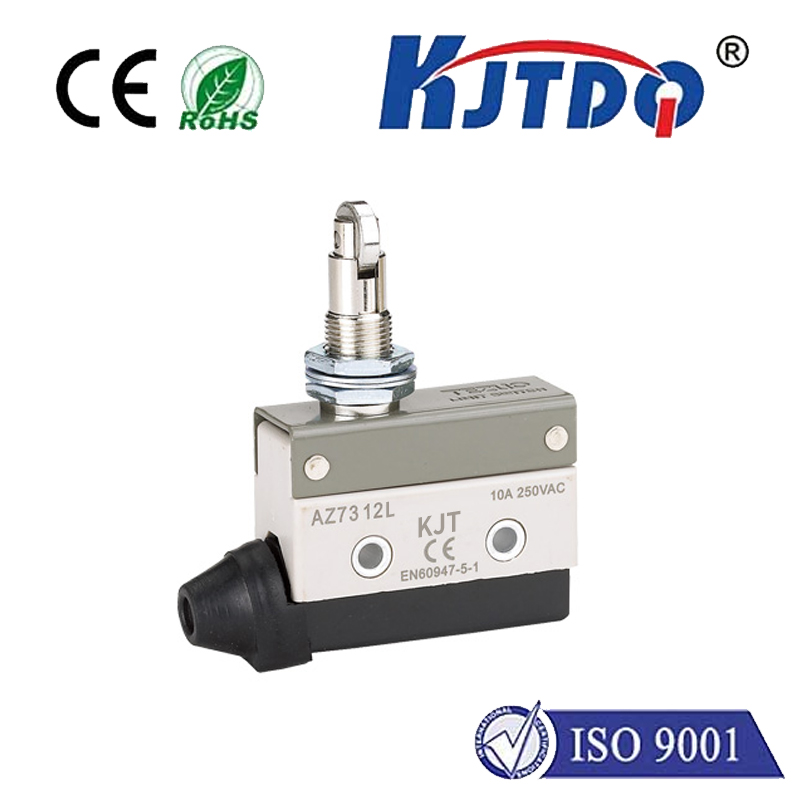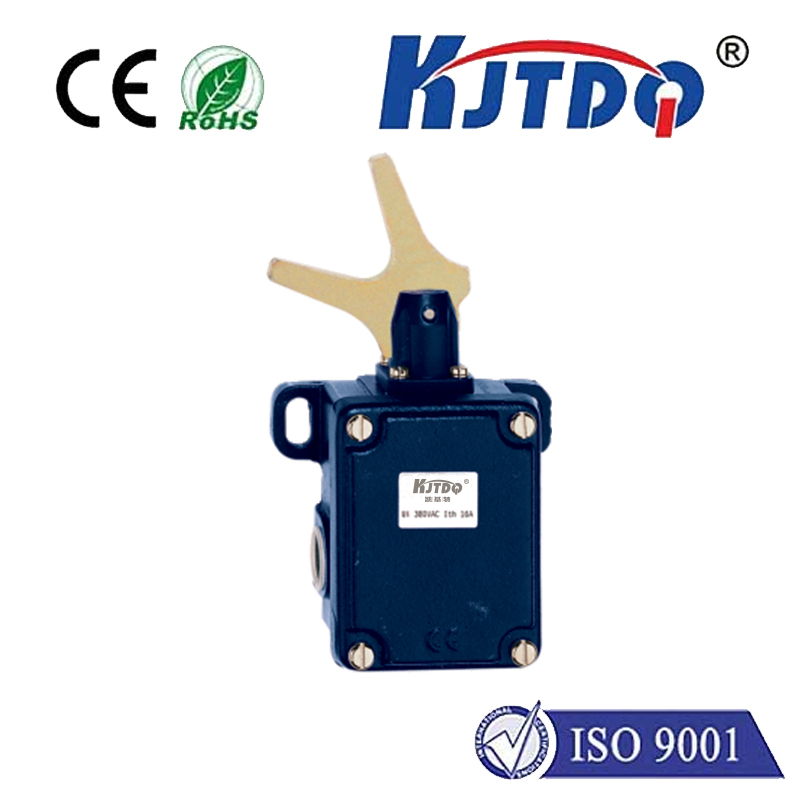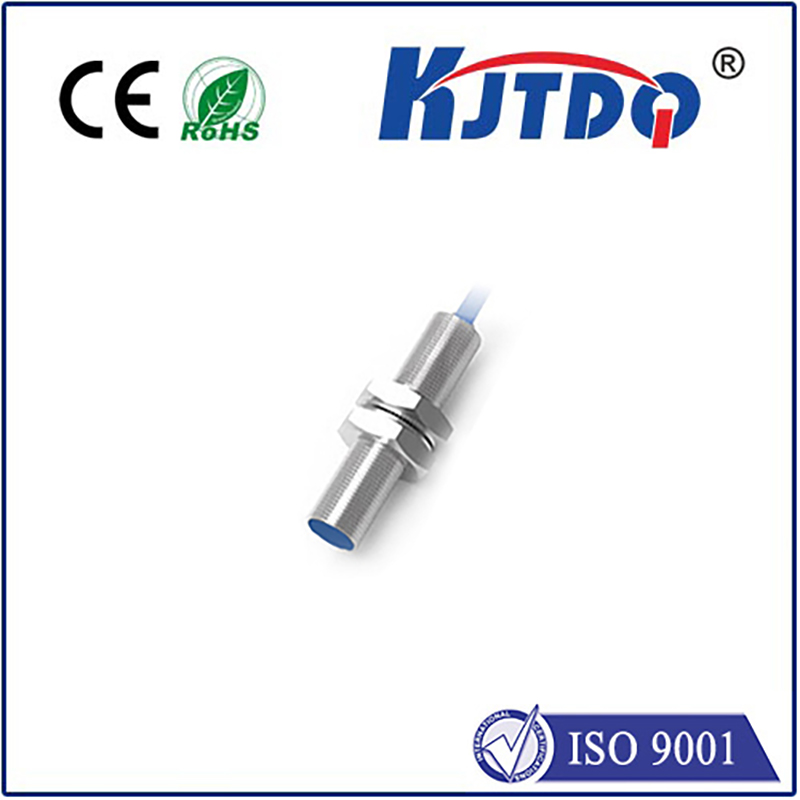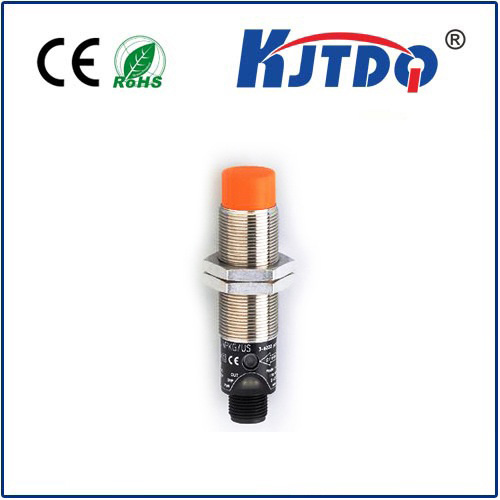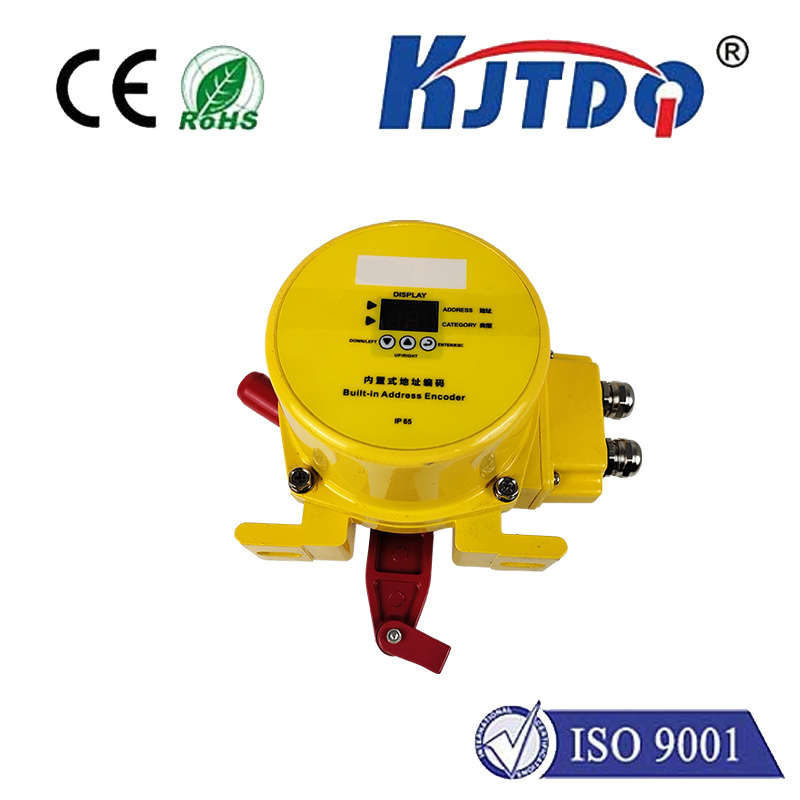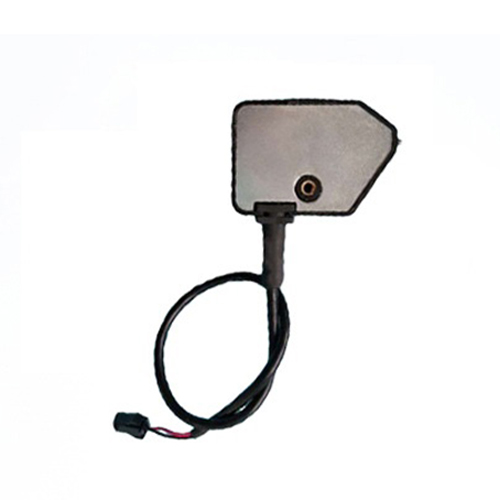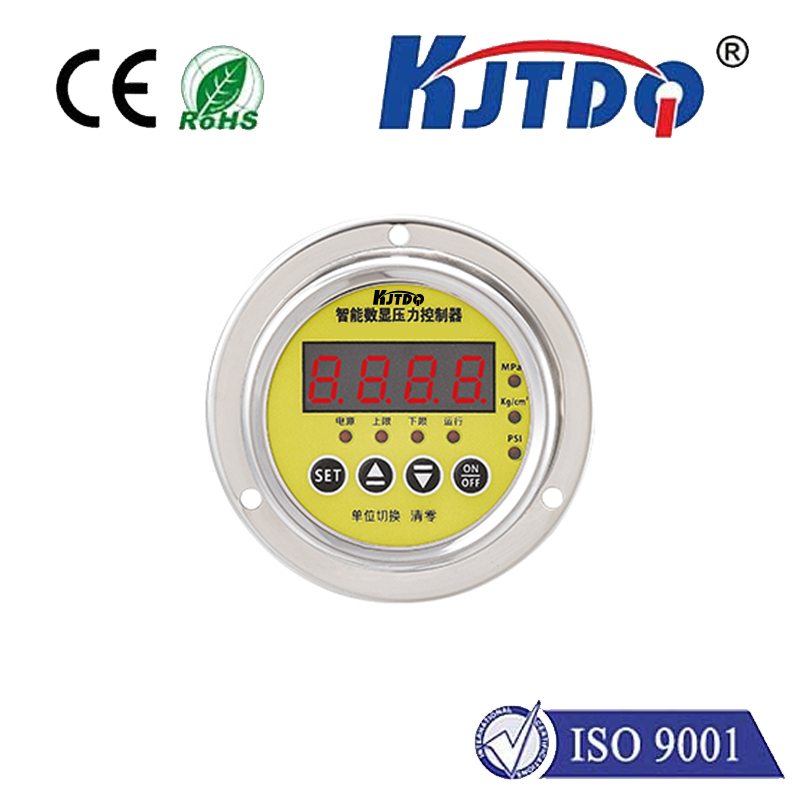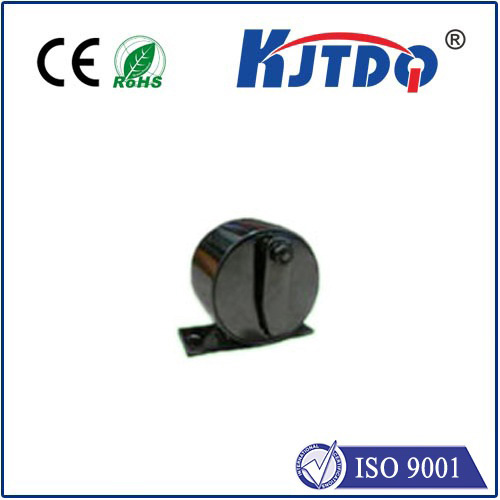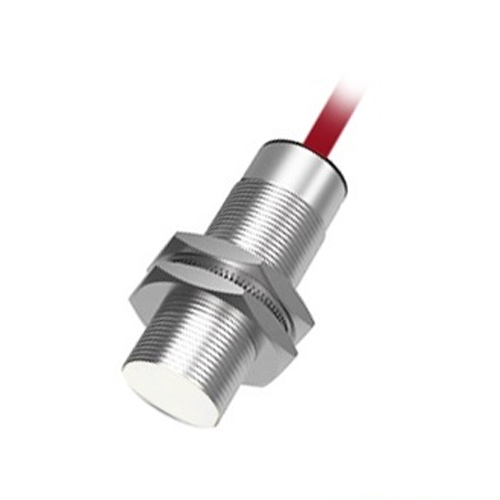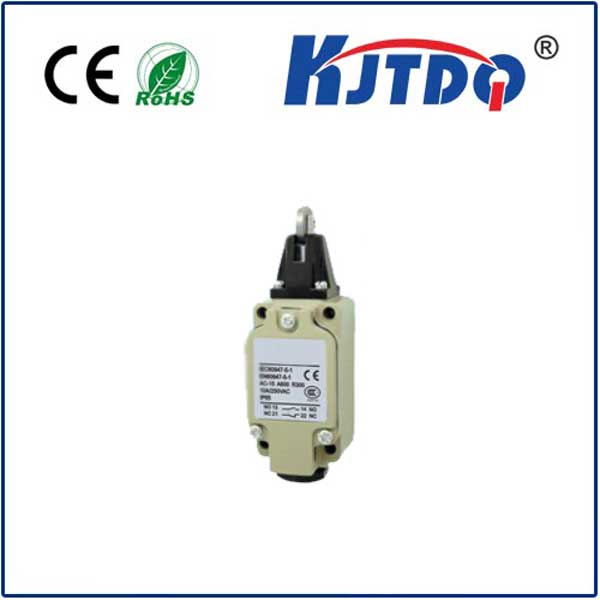

check

check

check

check

check

check

check

check

check

check
In today's world, the use ofNC proximity sensorshas expanded beyond their traditional applications in automation and manufacturing. These tiny devices have found a significant place in various fields, ranging from healthcare to automotive industries. This article discusses the diverse roles played by NC proximity sensors and their impact on different domains.
In the realm of automation, NC proximity sensors are used extensively to enhance efficiency and productivity. For instance, in assembly lines, these sensors help detect the presence of workers, enabling them to perform their tasks safely and efficiently. Additionally, in packaging and sorting processes, the sensors ensure that products are accurately positioned and moved without causing damage. The use of NC proximity sensors in automation significantly reduces production costs while improving product quality.
Moreover, the healthcare sector has also witnessed the adoption of NC proximity sensors. These sensors are used for non-invasive medical procedures like blood pressure monitoring and glucose detection, which offer precise results without any discomfort to the patient. Furthermore, in medical devices such as pacemakers and insulin pumps, NC proximity sensors play a crucial role in monitoring vital signs and adjusting medication delivery accordingly. This not only improves patient care but also minimizes the risk of errors caused due to human interference.
In the automotive industry, NC proximity sensors are widely employed for safety features like automatic emergency braking and collision avoidance systems. These sensors sense the presence of other vehicles or objects on the road and provide timely alerts to drivers, helping them avoid potential accidents. In addition, they are also used for parking assistance systems, making parking easier and safer for drivers.
In conclusion, NC proximity sensors have become an indispensable part of modern technology, offering a wide range of functionalities across various domains. Their ability to detect physical interactions has made them valuable tools for enhancing automation, improving healthcare outcomes, and ensuring driver safety. As technology continues to evolve, it is expected that the applications of NC proximity sensors will expand further, revolutionizing several industries in ways we cannot yet imagine.
